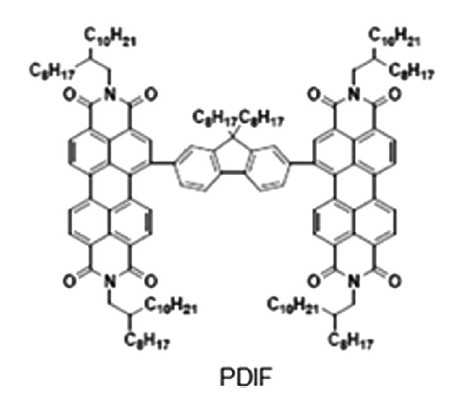DOI: 10.1016/j.solener.2020.05.059
ABSTRACT
For conjugated polymers of interest in photovoltaic applications, control of the bandgap as well as the energy levels of the molecules are of great importance to improve the efficiency and performance of the resulting polymer solar cells. A general tactic for adjusting these properties via modification of the conjugated polymer structure is by using different and chosen molecular groups for copolymerization. This communication presents the synthesis of conjugated donor–acceptor type polymers that have the same benzotrithiophene (BTT) donor and different acceptor units, i.e. DPP and fluoro-carbazole substituted thieno[3,4-b]pyrazine (FCTP) denoted as P(BTT-DPP) (P1) and P(BTT-FCTP) (P2), respectively, and their photovoltaic performance using as donor, and non-fullerene acceptor (PDIF) in the bulk heterojunction active layer. The bandgaps as well as the HOMO and LUMO energy levels are effectively tuned. The P(BTT-FCTPZ) structure exhibits a smaller bandgap as compared to P(BTT-DPP) that results from the lower LUMO energy and higher HOMO energy due to the FCTP unit. Having optimized the active layers, the PSCs that were based on P(BTT-DPP) and P(BTT-FCTPZ) gave an overall power conversion efficiency of about 9.77% and 10.97%, respectively, using a wide bandgap PDIF non-fullerene acceptor, and 8.38% and 9.05, respectively, using PC71BM as electron acceptor.


